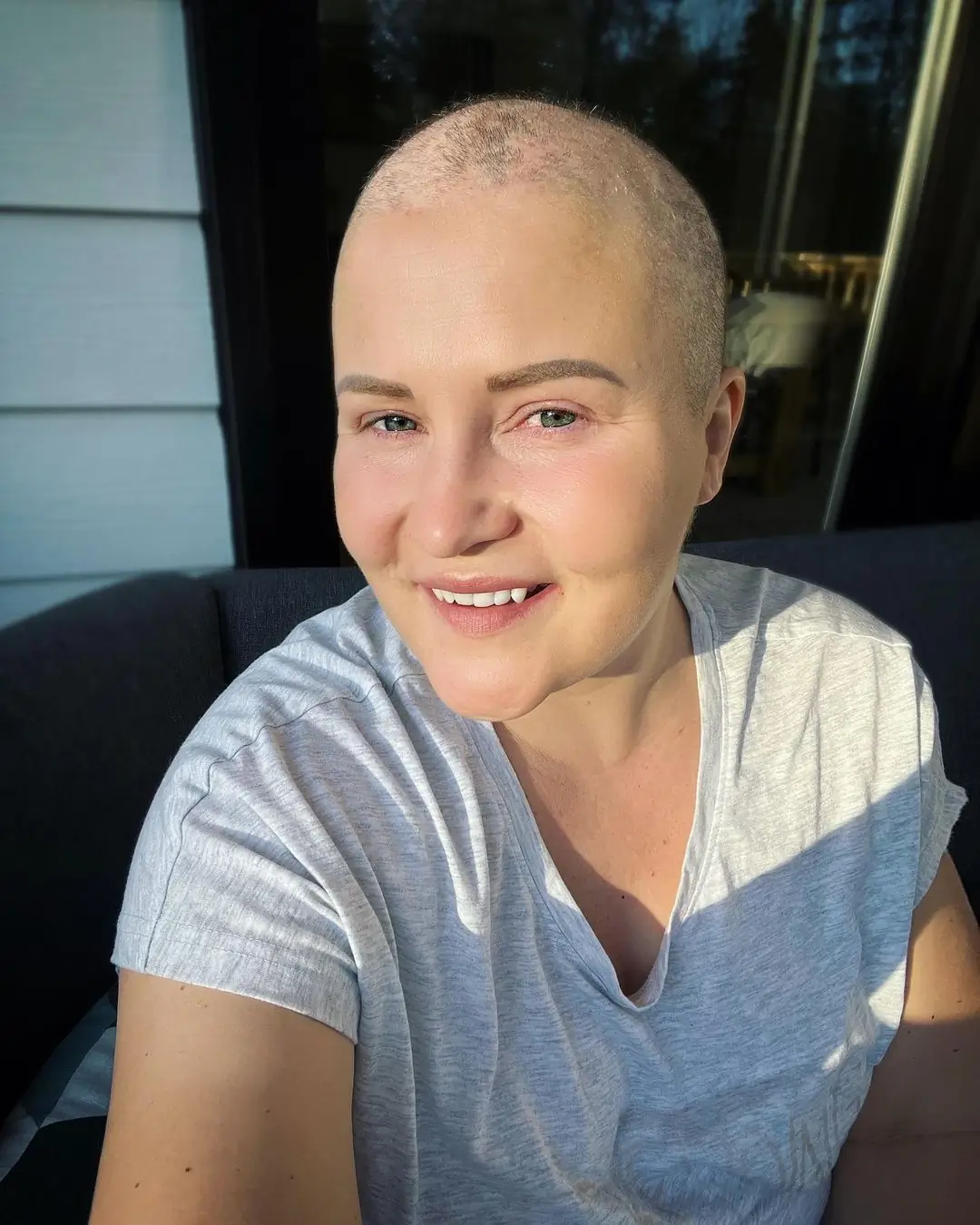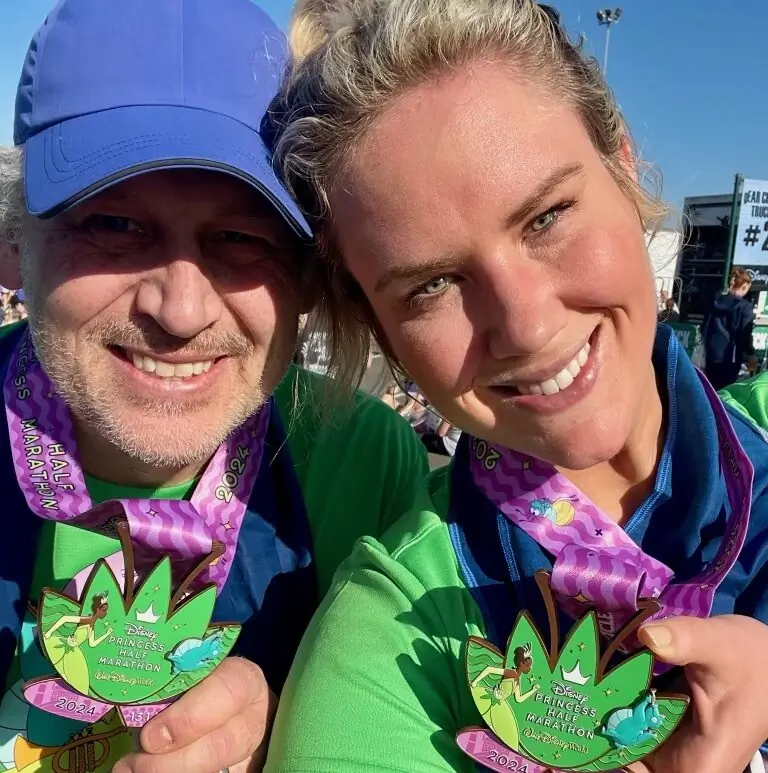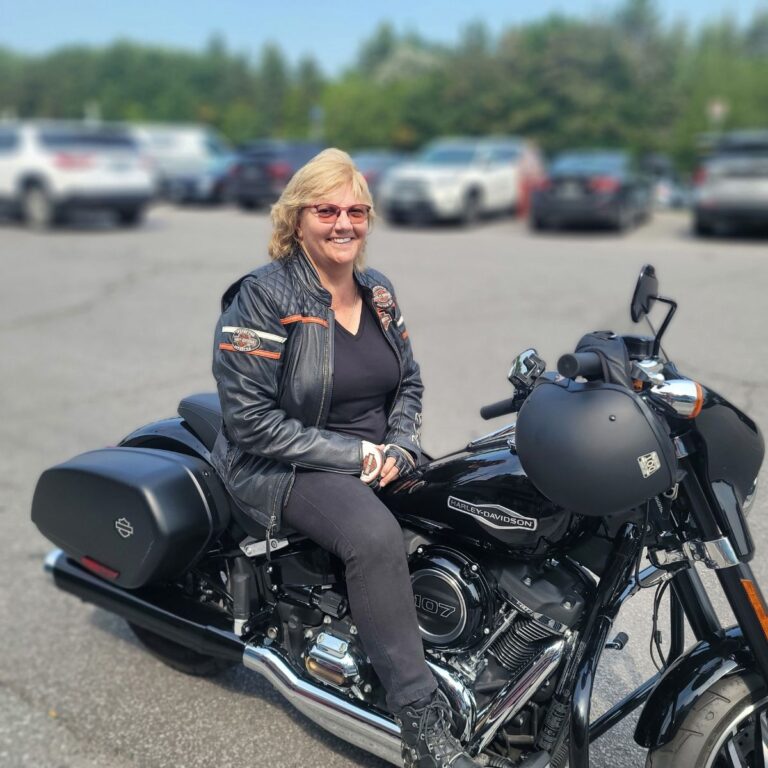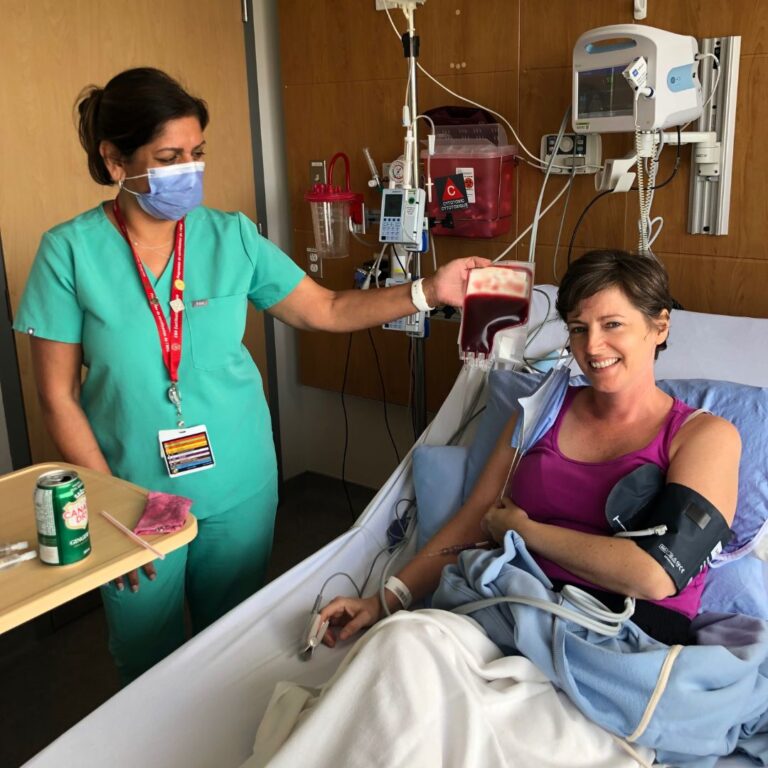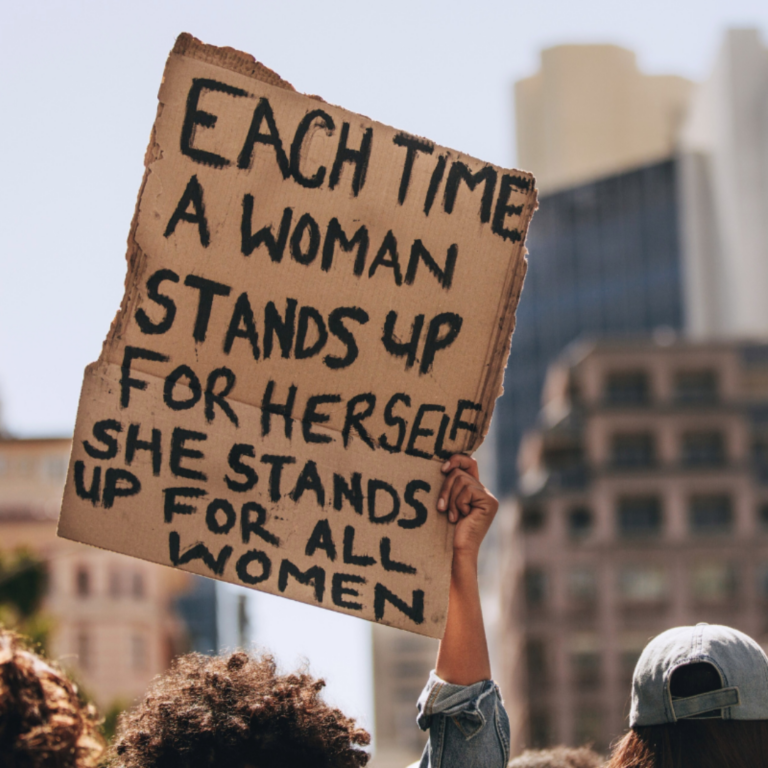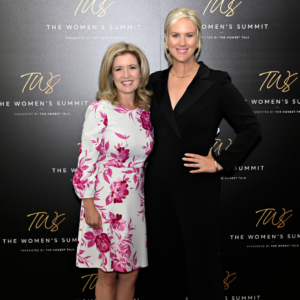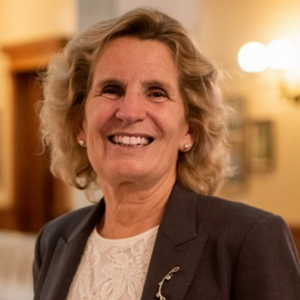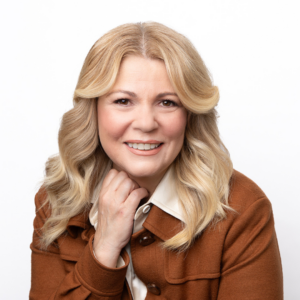My endometriosis journey: learning I can only manage the pain, not eliminate it
Health02.01.2024
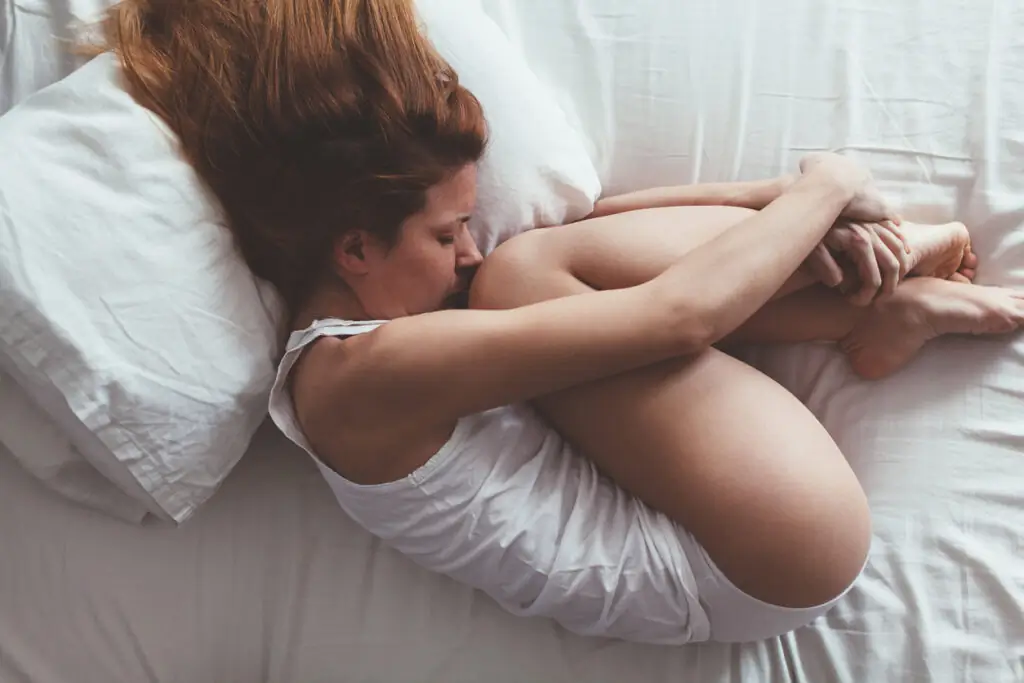
Learning that my menstrual pain was not normal
Since my first period at age 11 or 12, they have always been painful and long. The pain progressively got worse — as I got older, I began to wake up in the middle of night with sharp, stabbing pains.
At around 15 years old, it became so bad that I would cry from the cramping, and some days I couldn’t even walk. In addition to the pain, my periods lasted much longer than average, typically eight to 10 days.
In my home, menstrual health and sexual wellness were taboo topics. But also, endometriosis was not common knowledge or something my parents were aware of.
I would always complain to my mom and tell her the amount of pain I was in, but she would say, “You just have a low pain tolerance,” or “This is what a period is,” or “Every woman goes through this pain.”
I worked up the courage to talk to other close family members about my periods, and they explained to me that this was not normal at all, and I should go to the doctor. They gave me the encouragement to advocate for myself.
Being diagnosed endometriosis and beginning treatments
Finally, in 2018, I turned 16 and was able to go to the doctor alone to explain the pain my period caused me.
My family doctor recommended that I go on birth control to see if that helped my periods. I was prescribed Yaz, and also got a referral to my first gynecologist.
I secretly took the birth control and went to my gynecologist for ultrasounds and tests.
Once my results came in, my gynecologist was shocked — I showed signs of having both endometriosis and uterine adenomyosis.
The endometriosis diagnosis was not a surprise — we had hypothesized that this was what I had. But adenomyosis is a condition that is most likely to affect women between the ages of 35 and 50, especially those who have carried two or more pregnancies to term, or women in menopause. It is rare for it to appear in young women and teenagers, so it was unexpected for my ultrasounds to suggest it.
An official diagnosis of endometriosis and adenomyosis cannot be 100 per cent certain unless a laparoscopy or hysterectomy is performed. But, since I was only 17 at the time, and there were strong indicators on my ultrasounds that endometriosis was the cause, my gynecologist did not believe that a laparoscopy was necessary.
My gynecologist recommended I switch the birth control pills for a hormonal IUD called Mirena. So, I filled my prescription for the IUD, and hid it in the back of my closet until I had the procedure done in 2020.
Trying new solutions for pain management
For a year and a half, my IUD was amazing. I had little to no periods and little back and pelvic pain. Until suddenly, my period came back more substantial and painful than before.
Between 2021 and 2022, I had to restart my search for solutions to my endometriosis pain. I went back to my gynecologist for answers, and also began physiotherapy for what I thought was just chronic back pain.
There, I learned that part of my lower back pain was caused by a tight pelvic floor — a common issue for people who have endometriosis.
After more tests, ultrasounds, and consultations, I will be trying Visanne, a progestin medication that is used in birth control pills and is a common treatment for endometriosis.
Accepting that some days I still have pain
I am now 21 years old and have accepted that the best ways to help my endometriosis pain right now are internal pelvic floor treatments, physio, muscle relaxers, heat, and hormonal treatments.
These treatments do not always work 100 per cent; some days I still have pain, but it is better than what it would be without the tools I have learned from experts and other people with this condition.
For me, the internal pelvic floor treatments have been the most helpful. My physiotherapist encouraged me to try them to help relieve my endometriosis pain, and they truly have helped me feel like I have a normal body.
There is no official solution that will stop endometriosis pain forever. I am not near the end of this journey, as I still have new medications to try, and I am only in my early 20s. I have learned and practiced how to manage it the best I can for the current state of my endometriosis and life.
You’re not alone: support for people with endometriosis
While learning more about endometriosis, I realized that I am not alone in this experience. I used to think I was dramatic, weak, or not normal for having so much menstrual pain, because that is what I was told for so long.
However, this menstrual pain is a reality for many people with endometriosis across the world.
In Canada alone, 1 in 10 girls and women, and unmeasured numbers of transgender, non-binary, and gender-diverse individuals, will develop endometriosis in their lifetime.
Endometriosis Network Canada
According to EndoAct Canada:
- There are more than 1,000,000 people with endometriosis living in Canada.
- People in Canada wait five years on average for a diagnosis.
- It can take up to 21 months to get surgical care in Canada.
We have an obligation to destigmatize the conversations around periods and sexual health in Canada and internationally.
To learn more about endometriosis and what Canada is doing, and for a community of support, click here.


